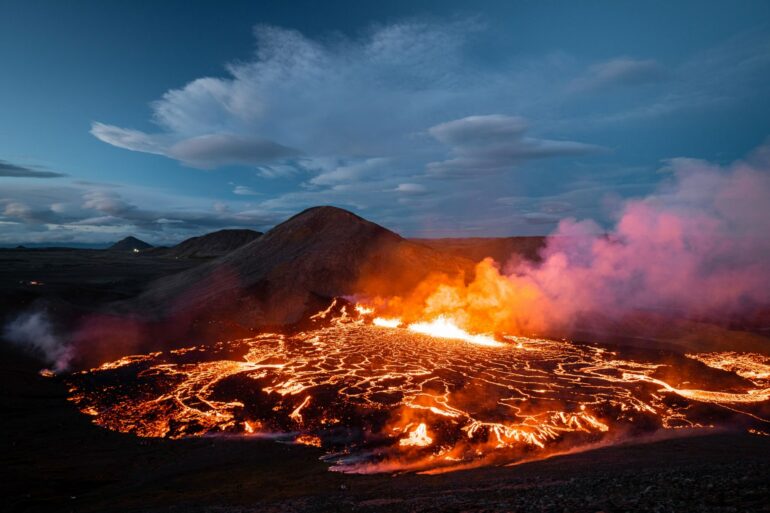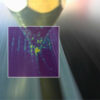To experience a volcanic eruption is to witness nature’s raw power. If you would like to see one for yourself, Iceland is a great location for it. Since 2021, seven eruptions have taken place along the Reykjanes Peninsula, close to Reykjavík.
These recent Icelandic eruptions have garnered attention from Earth scientists like me. The eruptions help us understand how volcanoes work in incredible detail. My team has been taking samples from the erupting lava from the Reykjanes Peninsula and finding some interesting results.
One of our findings suggests that magma from the first eruption pooled just under the island’s surface, where it built up the energy to spectacularly erupt. This initial burst of volcanism made it easier for more eruptions to follow after it.
Why is Iceland called the land of fire?
The island nation of Iceland is sometimes called “the land of ice and fire.” Early settlers witnessed several great “fires” – or volcanic eruptions – along the Reykjanes Peninsula.
After about 800 years without a volcanic event on the Reykjanes Peninsula, the Fagradalsfjall volcano roared to life on March 19, 2021. Then, two more discrete volcanic events occurred at Fagradalsfjall in 2022 and 2023. Subsequently, four more eruptions have taken place to the west at the Sundhnúkur fissure system in 2023 and 2024.
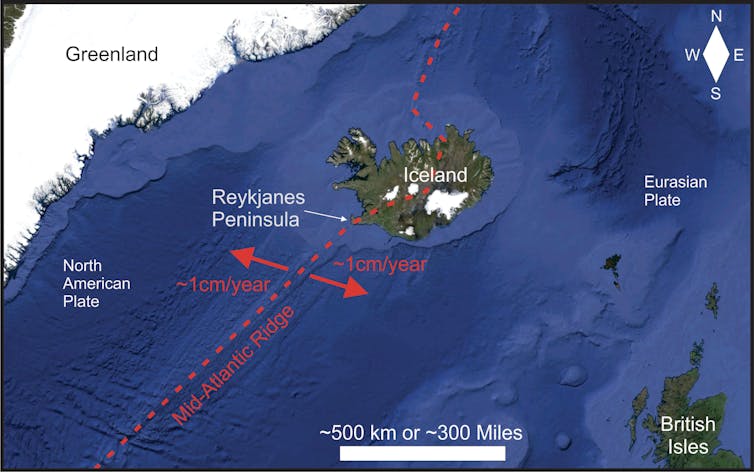
Iceland lies on the Mid-Atlantic Ridge. Here, new North American and Eurasian plate forms at roughly 1 centimeter a year on either side of the ridge.
James Day/SIO modified from Google Earth.
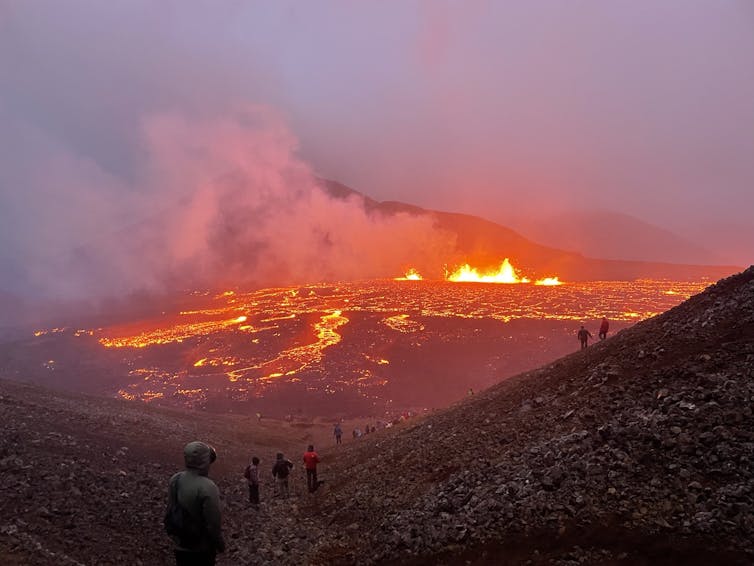
Volcano tourists ventured to the 2022 Meradalir eruption to witness one of Earth’s greatest natural spectacles.
S. Kelly/SIO
While these eruptions provide an incredible spectacle, they also have the power to wreak havoc. The recent Sundhnúkur eruptions threatened the fishing town of Grindavík, the geothermal power plant at Svartsengi and Iceland’s premier tourist destination: the geothermal spa the Blue Lagoon. Lava erupted within the town limits of Grindavík, and only human-made berms have prevented further destruction.
What makes Iceland so volcanically active?
Iceland is a unique place on Earth. It is part of a huge chain of volcanoes submerged in the center of the Atlantic Ocean, with Iceland being exposed above the ocean’s surface. This volcanic chain is known as the Mid-Atlantic Ridge, and it plays an essential role in plate tectonics.
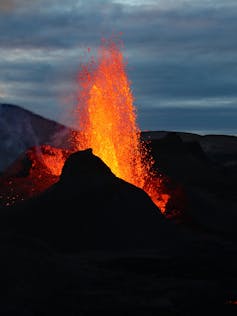
Fire fountained during the eruption of the Fagradalsfjall volcano in 2022.
G. Cook/SIO
Plate tectonics describes how the vast, rigid plates that make up Earth’s crust slide past, into and under one another. Their behavior slowly reshapes Earth’s surface. In some locations, the plates collide to form mountain ranges like the Himalayas. In other locations, one plate slides under another, creating volcanoes and earthquakes, like in Japan.
On the Mid-Atlantic…
